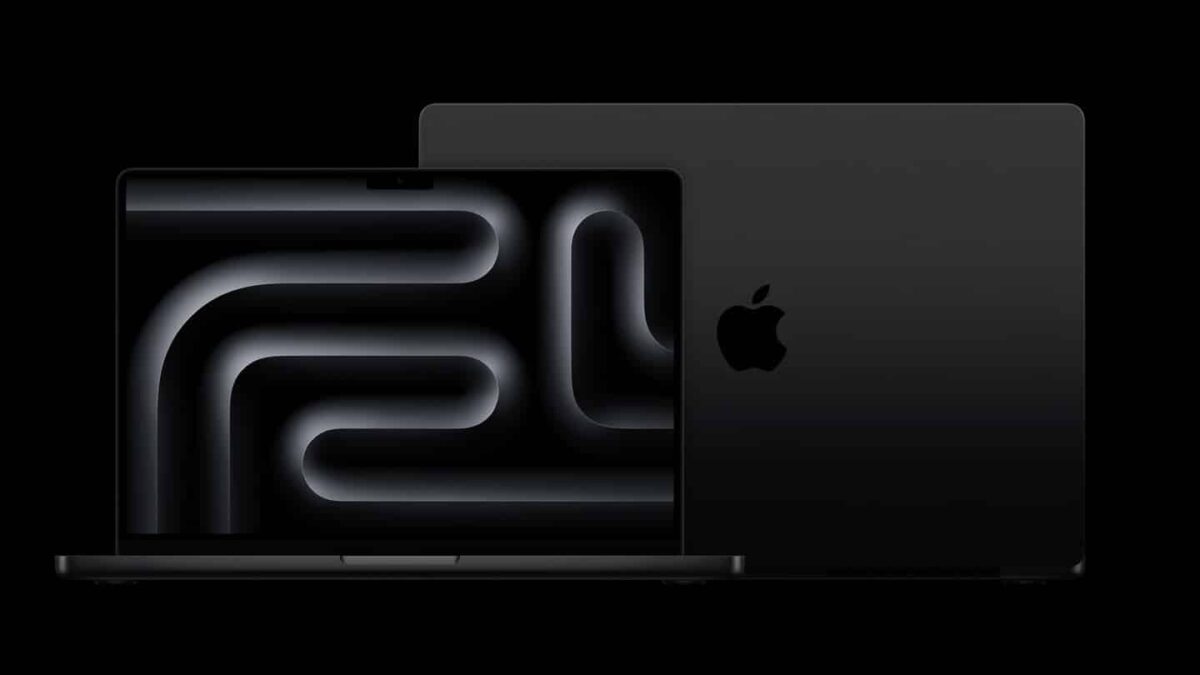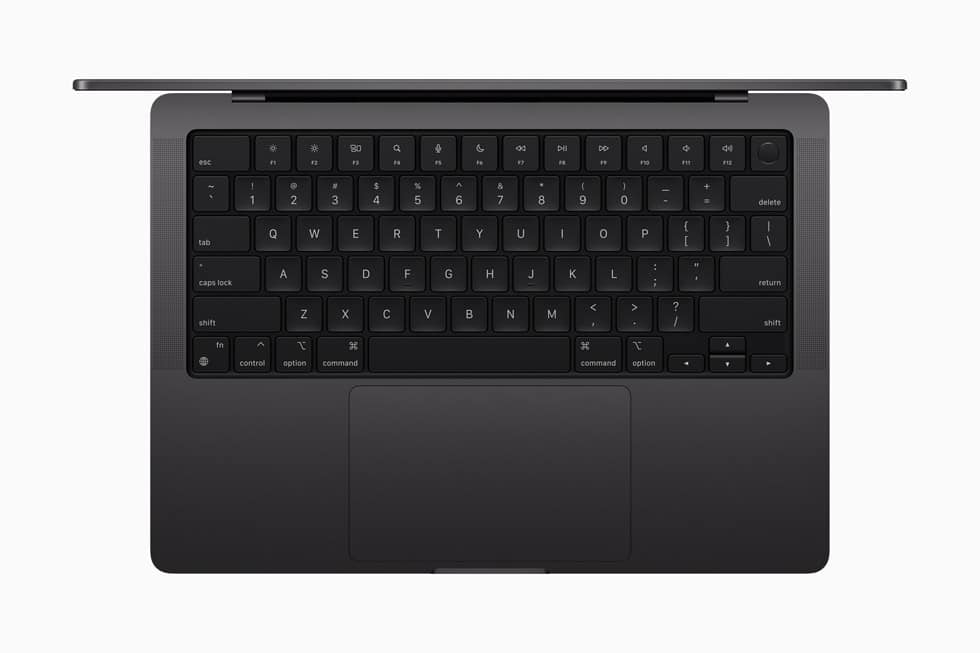Apple’s recent unveiling of the new 14-inch and 16-inch MacBook Pro models has generated excitement, especially with the introduction of the space black finish. Exclusive to models with M3 Pro and M3 Max chips, the space black variant offers increased durability and fingerprint resistance.

How Apple’s new anodization seal makes the M3 MacBook Pro fingerprint-resistant
The space black MacBook Pro features an anodization seal, a new chemistry-based finish that Apple claims addresses the long-standing issue of fingerprint smudges on dark-colored MacBook laptops. The company proudly asserts that this breakthrough coating significantly reduces fingerprints, enhancing the device’s overall aesthetics.
Initial reports from tech outlets suggest that the space black finish does deliver on its promise, with hands-on experiences indicating a noticeable improvement in fingerprint resistance. Apple’s chemistry-infused finish appears to repel fingerprints, leaving the surface relatively free from smudges.
Patrick O’Rourke of MobileSyrup said that he spent several minutes trying to smudge the new color, but he couldn’t.
Seriously, I have very greasy fingers and spent several minutes in the hands-on area trying to smudge the ‘Space Black’ colour — I couldn’t.
Jason Snell of Six Colors said that the new finish is better at resisting fingerprints and smudges than the old one, but it’s not perfect.
Space Black, a new color that features a new anodization seal process designed to reduce the visibility of fingerprints. I got my greasy monkey paws on a Space Black laptop and can report that Apple’s as good as its word in the sense that it seems generally more resistant to fingerprints and other smudges.
But I don’t want to exaggerate this feature: you can still see fingerprints. They just aren’t as prominent. This is a progressive improvement over something like the Midnight M2 MacBook Air, but it’s not a cure-all.

However, some early observations have noted that the space black color might lean towards a dark gray rather than a deep, tar-like black. This could be due to the subjective nature of color perception and varying lighting conditions, sparking debates about the shade’s exact darkness.
XDA’s Brady Snyder said:
Though the changes to the M3 MacBook Pro were mostly internal, there’s a new color called Space Black. It looks better in person than it did in Apple’s unveiling, but it’s still not black. I’d compare it to the black color of the iPhone 5 or the iPad mini 2. It’s still nowhere near the black color we saw on the polycarbonate MacBooks in the mid-2000s.
Another concern is the potential for scratches and chips in the space black finish, a common worry with darker hues on Apple’s laptops. While early reports suggest enhanced resistance, extensive real-world testing is necessary to ascertain the finish’s durability, especially around ports where accidental nicks might occur.
Currently, the space black variant is only available for MacBook Pro models with M3 Pro and M3 Max chips. The finish’s promising anti-smudge properties and sleek aesthetic might pave the way for similar treatments on future Apple products.
Apple’s introduction of the space black finish for the latest MacBook Pro models is a commendable effort to address fingerprint smudges and enhance the device’s visual appeal. While the touted anodization seal promises improved resistance to fingerprints, lingering concerns remain about the exact darkness of the color and potential durability issues.
Only time and extended usage will reveal the space black MacBook Pro’s true resilience and long-term performance.